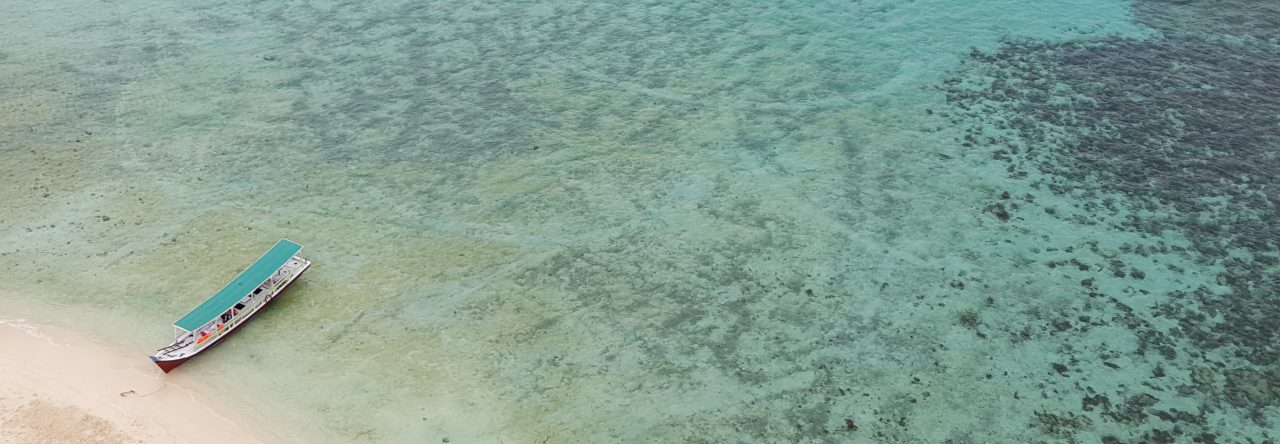In June 2013, Forest and land fires caused choking smog and transboundary haze in Southeast Asia. Indices of air pollution in Singapore, the southern Malaysia peninsula, and Indonesia’s Riau province had reached dangerous levels.
Indonesian President Susilo Bambang Yudhoyono has apologised to Malaysia and Singapore for this dangerous hazard, stating that his administration is tackling the problem seriously. The National Agency for Disaster Management, for instance, has been given Rp25 billion (US$2.725 million) to create artificial rain to extinguish the fires.
Serious forest and land fires, although occurring in many countries, reoccur regularly in Indonesia, mainly in the islands of Sumatra and Borneo (in 1982–83, 1987, 1991, 1994, 1997–98, 2005, 2006–07, 2010 and now in 2013).
The official data from Indonesia’s forestry ministry show that 339 hotspots were found in Riau during the period of 14–17 June. The current number of hotspots may still be lower than at the peak of massive fires in times past, where the amount of hotspots reached 25,000 to 35,000 in a month — the highest in August 1997 when 37,938 were counted. But the Indonesian Agency for Meteorology, Climatology and Geophysics predicted that due to a weather anomaly trapping smog and haze above Singapore, southern Malaysia and Riau, the accumulation of haze in that area was more severe than usual.
Conventional suppression approaches — extinguishing fires after they occur — are likely to be inadequate. Artificial rain, water bombing and firefighting on the ground may tackle the immediate symptoms but not necessarily the causes.
In the past, haze and massive forest and land fires were usually caused by clearing and preparing the lands with fire, to develop plantations, agriculture and other land-use activities.
A recent analysis conducted by the World Resources Institute appears to show a similar pattern of causality. The analysis indicates that in the period of 12–20 June 2013, 48 per cent of fires occurred outside of land concessions, 27 per cent in timber plantations, 20 per cent in oil palm plantations, 4 per cent in protected areas and 1 per cent in logging concessions. A significant number of fires happening inside timber and oil palm plantations and other land uses — in other words, outside of concessions, and so likely associated with activities for clearing further land for agriculture/plantation — suggests that actions in addressing forest and peat conversion, as well as forest and land fires in Indonesia, are yet to address the root causes of the problems.
Indonesia has enacted policy placing a moratorium on forest conversion. But the recent fires could mean that policy implementation is lacking, including when it comes to prosecuting offenders, from low-level farmers up to big-plantation owners or even the financiers. Deforestation and peat conversion — for logging or to establish plantations and agriculture lands — very often leads to fires during the dry months, and this is why effectively enforcing the moratorium is essential.
There is need for a breakthrough in programs, cutting to the heart of the political economy of land uses at different levels, to fundamentally transform and positively influence land users’ behaviour in managing their lands.
It is a common perception among land users that using fires is one of the cheapest land preparation methods available. It is therefore important for the government to equip its policies with the appropriate incentives and disincentives; operational and technical guidelines; a clear institutional framework with a strong mandate; and a system for implementation, monitoring and enforcement.
Some land-use actors have used loopholes arising from unclear policies and poor coordination between ministries and different layers of governments, to gain an unfair advantage. If this continues, deforestation, peat lands conversion and fires may well become an annual catastrophe for Southeast Asia. This can be alleviated if investors and private land-use workers cooperate with authorities and other stakeholders to ensure the implementation and enforcement of responsible and sustainable practices, including conversion moratoriums and zero-burning activities.
Regarding law enforcement, and changing corporate practices on the ground, it is clear that regional collaboration among, at least, Indonesia, Malaysia and Singapore is urgently needed. Such collaboration should cover not only government but the private sector and civil society groups too.
Concessions and plantations are owned and financed by Indonesians, Malaysians, Singaporeans and others. Serious and proactive involvement and support for sustainable practices, by promoting, adopting and implementing zero-burning activities, as well as helping smallholders and local farmers to follow suit, are key elements of success in addressing Southeast Asia’s haze challenge. Financial institutions in the three countries and beyond, for instance, can develop robust investment screening policies to discourage high-risk investment patterns leading to deforestation and fires. Substantive investments, financial support and technical capacity need to be provided for small holders and poor farmers so that they have options to adopt zero-burning practices.
The public and consumers in Indonesia, Malaysia and Singapore can further push companies to adopt sustainable practices by only purchasing products (palm oil, timber and the like) which have been produced in a sustainable manner.
Southeast Asian people, especially the citizens in these three countries, have every right to breathe fresh air and demand their governments and corporations act seriously, urgently and transparently so that responsible and sustainable practices become the norms. If such efforts can be done, this could send a strong signal to the market and governments that the people in the region will not tolerate environmental disasters now and in the future.
Fitrian Ardiansyah is a climate and sustainability specialist, a doctoral candidate at the Australian National University, and the recipient of the Australian Leadership Award and Allison Sudradjat Award.


